
September 20, 2018, by lzzeb
Tales from the Yangtze Riverbank
Professor Suzanne McGowan and Linghan Zeng write about their recent trip to China.
The SIL Congress 2018 is an international meeting for limnologists (people who study inland waters including lakes and rivers). Held every three years, this meeting was in Nanjing, within the lower Yangtze floodplain of eastern China. A perfect setting for Linghan Zeng, 3rd year PhD student in the School of Geography to present his work on floodplain lakes in the Yangtze region. Linghan has been using palaeolimnology (sediment core analysis) to quantify water quality changes and algal blooms in these lakes over the past century. The conference also gave us a chance to catch up with students from the Nanjing Institute of Geography and Limnology (NIGLAS), including Qi Lin a PhD student from NIGLAS who spent time on a short research visit to Geography in Nottingham last year.
Linghan is from Wuhan where he studied his Masters degree at the China University of Geosciences. So, we had a chance to meet up with his Masters supervisor and long-term Nottingham collaborator Xu Chen. There was also time for a short trip to NIGLAS where Suzanne McGowan delivered a seminar, hosted by Ke Zhang.
Following the conference, we attended the post-conference excursion to Taihu Lake close to the city of Wuxi. Taihu is one of China’s most notorious lakes with major water quality issues. We spent some time visiting the Taihu Research Station and looking at some of the ways they have been trying to tackle the problems with cyanobacterial (blue-green algae) blooms on the lake.
Conference over, we headed west, or upstream, following the course of the Yangtze to Zigui County, west of the city of Wuhan and located close to the massive Three Gorges Dam. We joined Xu Chen at the Zigui campus of CUG, an impressive field teaching centre in an area of unusual and important geological features. After spending a day at the visitors centre for the Three Gorges Dam, we had an evening of student presentations, learning about the research conducted by the Masters students at CUG.
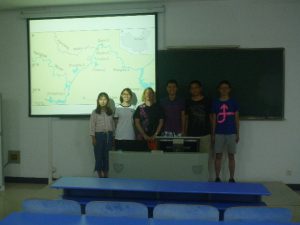
Masters students from China University of Geosciences after delivering their presentations at the field centre in Zigui County
The visit also gave us a chance to explore some of the upstream areas of the Yangtze River, located in massive limestone gorges.
Having spent several years investigating the impacts of the Three Gorges Dam on the lakes further downstream, it was fascinating to see the upper reaches of the river. Collaborative work between China University of Geosciences and the University of Nottingham has led to several publictions on the Yangtze floodplain. These papers can be accessed on Research gate or via Suzanne McGowan’s publications page.
No comments yet, fill out a comment to be the first

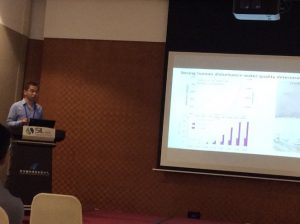


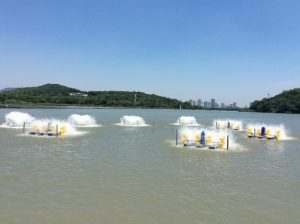
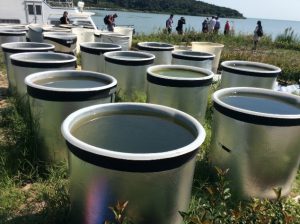

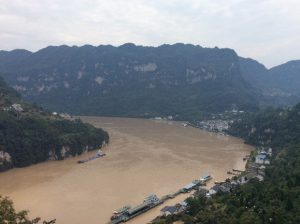
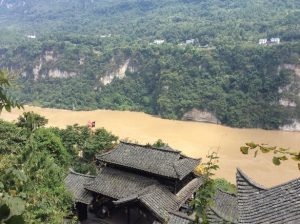
Leave a Reply